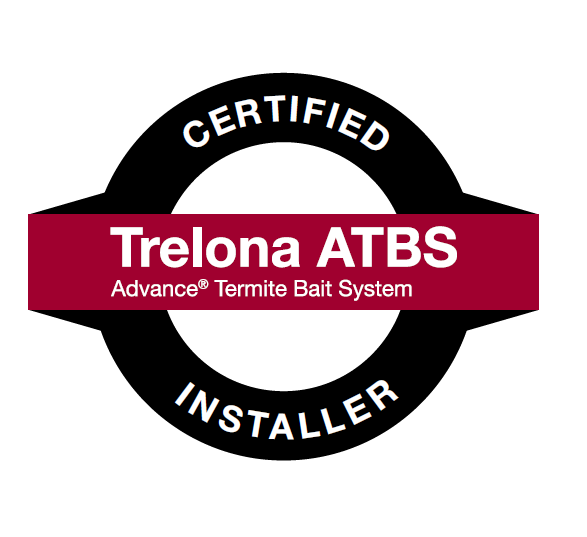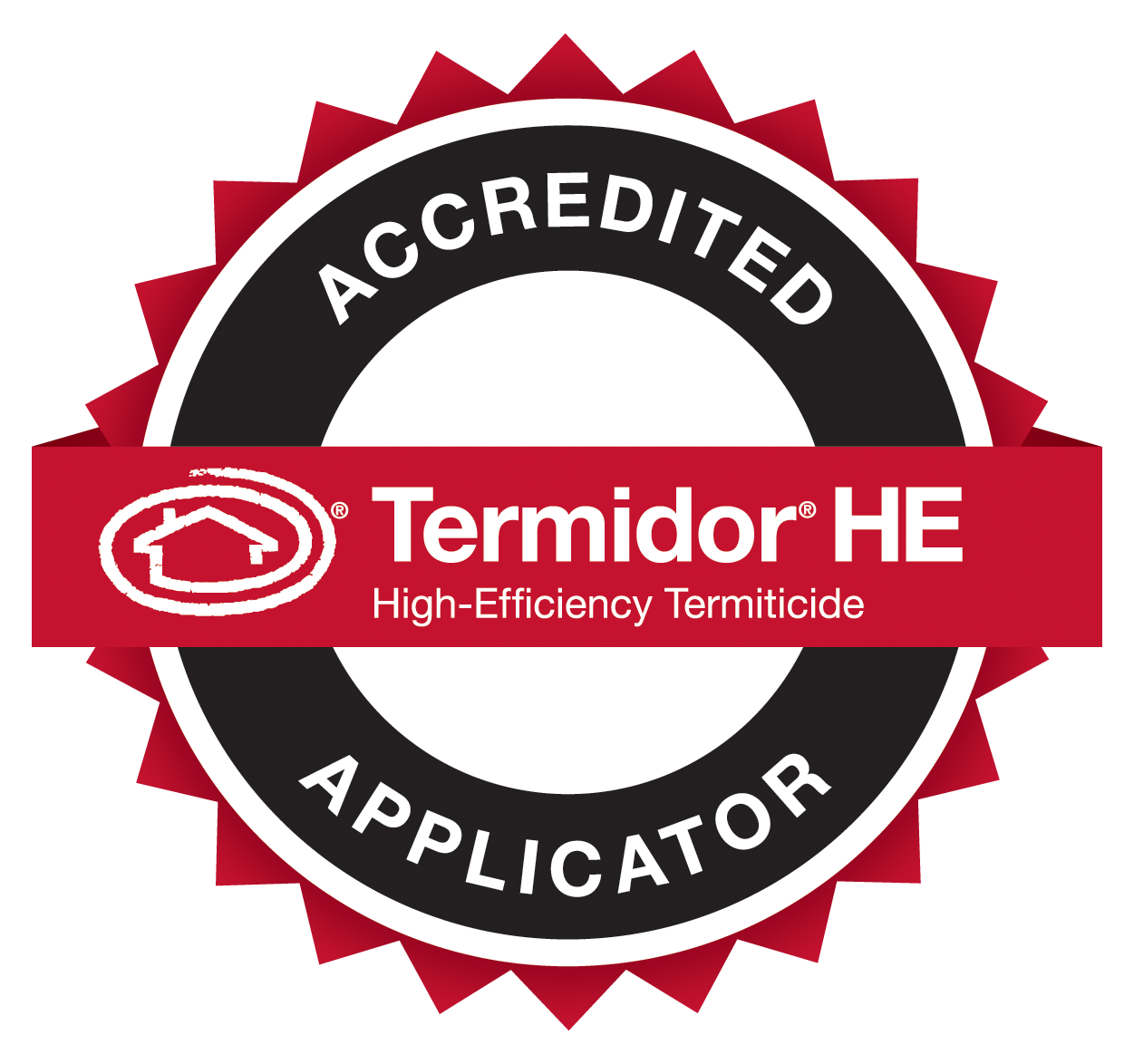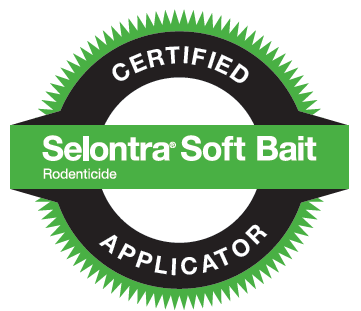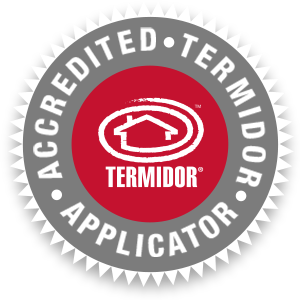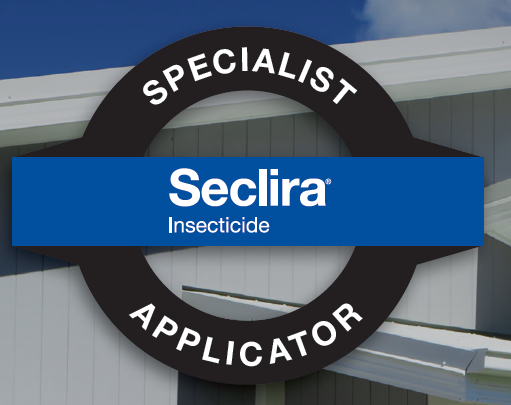How much is a pest treatment?
Pest treatments take into consideration the size of the property being treated, the level of infestation of the pest, and the products used. A standard inspection and treatment will start at around $260 for a medium sized home. This covers not only the time of the inspector and products used, but also all insurances, licenses, equipment maintenance and ensuring a high level of service without compromise.
How long does a pest treatment take?
Your pest control inspection and treatment can take anywhere from 45 minutes to 2 hours depending on the size of the property and level of treatment required.
Can I do my own pest spray at home?
Many supermarkets and hardware stores carry pesticides which are designed for residential use. These can be a great way to quickly knock down an annoying pest. For long lasting, effective pest control, we recommend contracting a qualified pest manager. The products by Active Termite Solutions such as Seclira and Termidor are not available to the public and can only be applied by a qualified Pest Management Technician. These products have decades of research and development by one of the industry's top manufacturers.
Does a general pest treatment include termites?
No. A general pest inspection and treatment does not include the inspection for, or the treatment of, termites. If you are concerned you have termites please get in touch so we can perform a Termite Inspection and arrange a Termite Management Action Plan. Do not disturb any termites found.
Why am I seeing more pests after the pest spray?
This is a great sign that the products applied are working. As the pests are flushed from their usual hiding places, they may become more visible. It is important that you do not spray them with another chemical such as a fly spray from a supermarket, as this can impact the effectiveness of the products we use.
How do the pesticides work? And why aren't the pests dying immediately?
Our products include the use of Seclira and Termidor. These products are designed to destroy concealed nests through a transfer affect. Pests will walk along the treated surfaces and make contact with the pesticide. As it does not eliminate them immediately, they take the pesticide back to their nest and pass it onto others in the colony This delayed elimination method improves the effectiveness of the pesticide. This is why you may see the pests still moving around 2 weeks later. If you are after an immediate knock down, we have suitable pesticides such as Bifenthrin which are very effective in eliminating pests quick.
What do I get with my pest treatment?
- Pre-treatment advice emailed to you.
- Comprehensive pre-treatment inspection.
- Detailed pest inspection report.
- Pesticide treatment of the property with industry leading products.
- Non-chemical pest management advice.
- Warranty on all pests treated inside the home. (conditions apply)
What does a pest management technician do?
Your pest inspector will arrive on site and meet with the occupants. They will speak with the occupants about areas and pests of concern and then perform a comprehensive inspection of the exterior and interior of the home. The inspector will look for signs of pest activity and determine a treatment plan for the property. Once a risk assessment has been perform, your inspector will treat the inside of the property (including roof void if required) and then the external (including subfloor if required). Once the inspector has performed the inspection and treatment, they will send you a detailed report of the work performed. The report will feature pesticides used, warranty information, and recommendations for non-chemical pest management.
How do I prepare for a pest treatment?
Some great ways to prepare for, and make the most of, your pest treatment are as follows;
- Ensure all windows are closed to the property
- All animals and people are removed from site.
- Cover or store away all food items and utensils
- Where possible move furniture etc off walls so your pest management technician can treat the skirting boards.
- Ensure home is tidy, floors are swept and clean.
- Ensure the rear of cupboards under sinks are fully accessible.
- Ensure lawns are mowed and the yard is generally tidy and free from stored good, debris, toys, food and faeces.
- All fish tanks/aquariums/ponds, bird cages/aviaries must be covered with a chemically impervious cover and the pump turned off. If this is not possible the tanks/aquariums/ponds should be removed from the property entirely until the location has been fully ventilated and is dry.
- Your inspector will want to treat areas accessible, so if the property is heavily stored with goods, your treatment will not be as effective as it could be.
Note: This is not a complete or comprehensive list. Consult your agreement with Active Termite Solutions for further information.

Proud AEPMA Member
"The Australian Environmental Pest Managers Association (AEPMA) represents professional pest managers across Australia, sets standards for the pest management industry, and provides information to consumers on urban pest control."
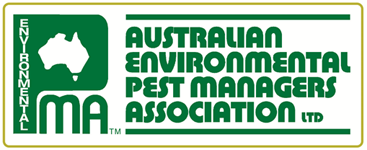
LICENSED AND INSURED
Active Termite Solutions is insured through Wallace Wymark and licensed with the QBCC and QLD Health. Our training has been through quality companies such as MPL.
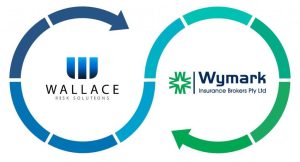
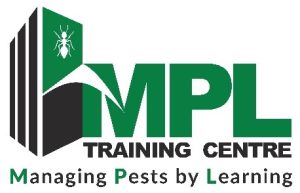
What sets us apart from the rest?
Industry Leading Products
Values Led Business
Advanced Software
Quality Over Quantity Attitude
Modern Equipment
Best Practice Orientated
Industry Leading Products
